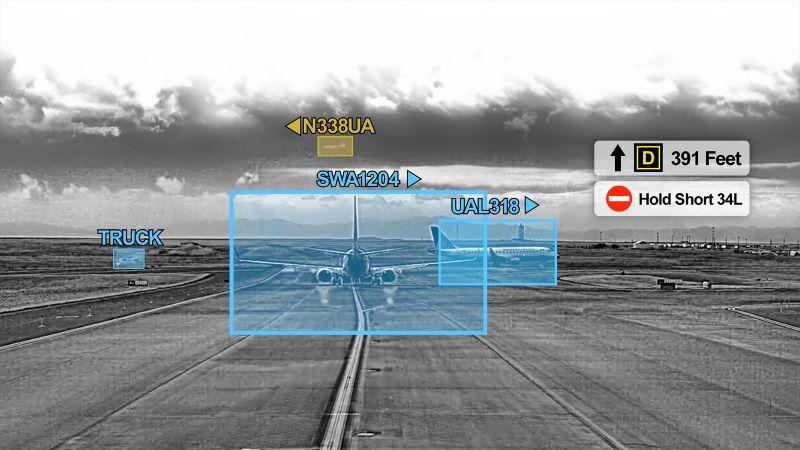
(UA.AI Aperture): Aperture will fuse information from sensors to display optical and ADS-B targets with graphical depiction of air traffic control instructions.
Credit: Universal Avionics
Universal Avionics is developing an enhanced runway collision avoidance system that builds on ADS-B In positioning reporting with artificial intelligence (AI)-infused video content analysis and voice recognition. Furthering its expertise in enhanced vision systems (EVS)—the Elbit Systems subsidiary...
Subscription Required
Universal Develops Enhanced Runway Safety System is published in The Weekly of Business Aviation, an Aviation Week Intelligence Network (AWIN) Market Briefing and is included with your AWIN membership.
Already a member of AWIN or subscribe to The Weekly of Business Aviation through your company? Login with your existing email and password.
Not a member? Learn how you can access the market intelligence and data you need to stay abreast of what's happening in the business aviation community.
